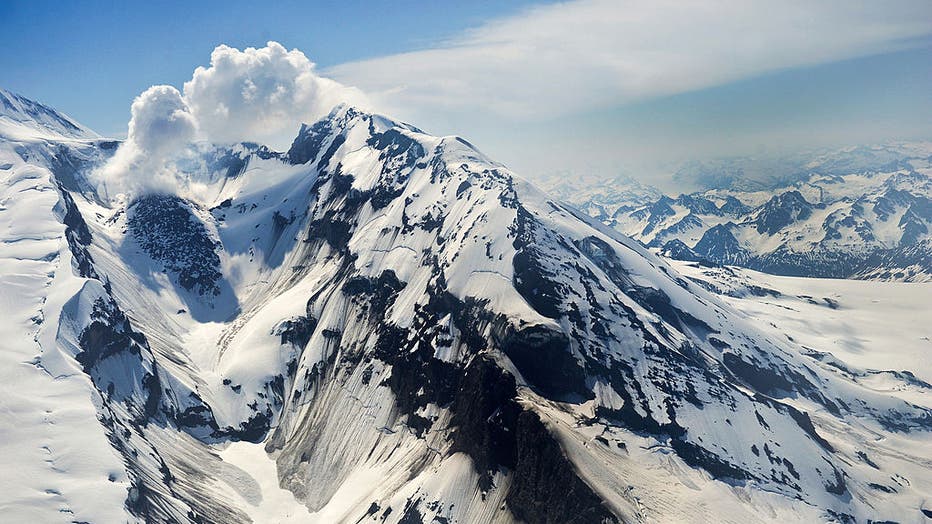Famous Alaska volcano sees seismic unrest after more than 30-year slumber
Drone video captures breathtaking lightning over Guatemala volcano
Breathtaking drone footage shows multiple lightning bolts illuminating the cloudy sky over the Agua Volcano in Guatemala. (Credit: @kerryinguatemala via Storyful)
ANCHORAGE, Alaska - An Alaskan volcano that hasn’t erupted in more than 30 years is showing some increasing signs of seismic life, though volcanologists still say it doesn’t mean an eruption is imminent.
Several small earthquakes have been detected around Mt. Spurr this past week, prompting the Alaska Volcano Observatory (AVO) to raise the volcano's alert level to "yellow" from the base green.
But so far, there are no immediate signs of an eruption.
"AVO continues to closely monitor activity at Mount Spurr for signals that would indicate that the volcano is moving closer to an eruption," the AVO wrote in its Thursday update.
Scientists say previous eruptions were preceded by increasing activity in quakes, ground deformation and around summit lake if magma were moving closer to the surface.

A lava dome steams on the north side of Mount Redoubt in Lake Clark National Park and Preserve, Alaska, Thursday, June 21, 2012.
"Therefore, it is very likely that if an eruption were to occur, it would be proceeded by additional signals that would allow advance warning," the AVO said.
Mt. Spurr is just over 75 miles west of Anchorage and last erupted in the summer of 1992, according to the AVO – an eruption that had ended a prior 39 years of dormancy. That eruption came with plenty of warning.
Volcanologists are using several tools, including seismometers, web cameras, lightning networks and satellite data, to keep close tabs on the volcano.

